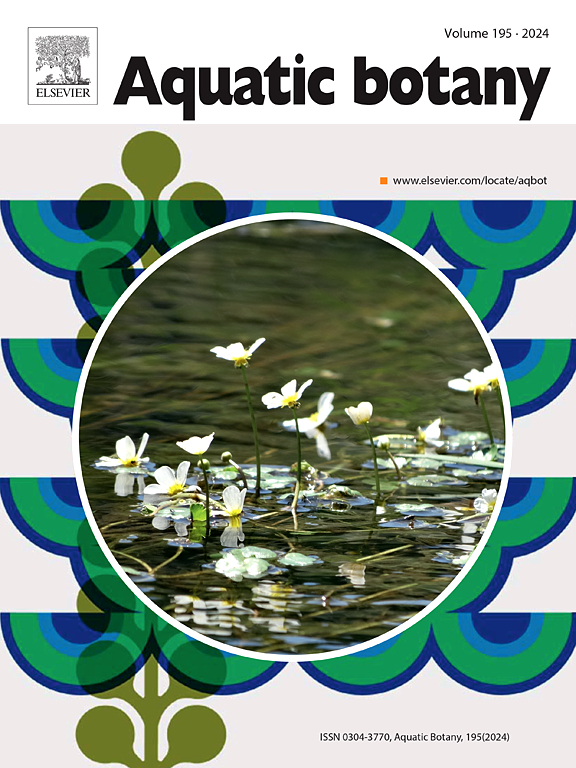Micro- and ultrastructural features for the distinction of Phymatolithon lusitanicum from Phymatolithon calcareum
IF 2.6
4区 生物学
Q2 MARINE & FRESHWATER BIOLOGY
引用次数: 0
Abstract
Calcifying red algae foster unique and rich biological communities and are important component of the global C cycle. Rhodolith beds are globally distributed biodiversity hotspots that are engineered by free-living calcifying red algae, and maërl beds are a type of rhodolith bed typically characterized by free-living, twig-like coralline algae with a branched growth form. Phymatolithon calcareum, along with the more recently described Phymatolithon lusitanicum is considered a major component of maërl beds in Europe. Here, we explore the morphology of the vegetative thallus of P. calcareum and P. lusitanicum. Our aim is to identify statistically valuable morphological features that can be used to differentiate these two species of algae that are macroscopically very similar, frequently sterile, and share the same habitat. Morphological features have historically failed to aid in distinguishing P. lusitanicum from P. calcareum. Our observations of seasonal growth patterns, the arrangement of perithallial cells in filaments, and the size of cell fusions provide noteworthy advances in our ability to use morphological features to identify the different species. Additionally, ultrastructural characteristics appear to be a reliable distinguishing feature between the two Phymatolithon species.
硅石藻与钙石藻区分的超微结构特征
钙化红藻培育出独特而丰富的生物群落,是全球碳循环的重要组成部分。Rhodolith床是全球分布的生物多样性热点,由自由生活的钙化红藻设计,maërl床是一种Rhodolith床,其典型特征是自由生活的枝状珊瑚藻,具有分支生长形式。Phymatolithon calcareum,以及最近描述的Phymatolithon lusitanicum被认为是欧洲maërl床的主要成分。在这里,我们探讨了P. calcareum和P. lusitanicum营养菌体的形态。我们的目的是确定统计学上有价值的形态特征,这些特征可以用来区分这两种宏观上非常相似、经常不育、共享相同栖息地的藻类。形态学特征在历史上未能帮助区分lusitanicum和P. calcareum。我们对季节性生长模式的观察,表皮细胞在细丝中的排列,以及细胞融合的大小,为我们利用形态学特征识别不同物种的能力提供了显著的进步。此外,超微结构特征似乎是两个藻石物种之间可靠的区分特征。
本文章由计算机程序翻译,如有差异,请以英文原文为准。
求助全文
约1分钟内获得全文
求助全文
来源期刊

Aquatic Botany
生物-海洋与淡水生物学
CiteScore
3.80
自引率
5.60%
发文量
70
审稿时长
6 months
期刊介绍:
Aquatic Botany offers a platform for papers relevant to a broad international readership on fundamental and applied aspects of marine and freshwater macroscopic plants in a context of ecology or environmental biology. This includes molecular, biochemical and physiological aspects of macroscopic aquatic plants as well as the classification, structure, function, dynamics and ecological interactions in plant-dominated aquatic communities and ecosystems. It is an outlet for papers dealing with research on the consequences of disturbance and stressors (e.g. environmental fluctuations and climate change, pollution, grazing and pathogens), use and management of aquatic plants (plant production and decomposition, commercial harvest, plant control) and the conservation of aquatic plant communities (breeding, transplantation and restoration). Specialized publications on certain rare taxa or papers on aquatic macroscopic plants from under-represented regions in the world can also find their place, subject to editor evaluation. Studies on fungi or microalgae will remain outside the scope of Aquatic Botany.
 求助内容:
求助内容: 应助结果提醒方式:
应助结果提醒方式:


